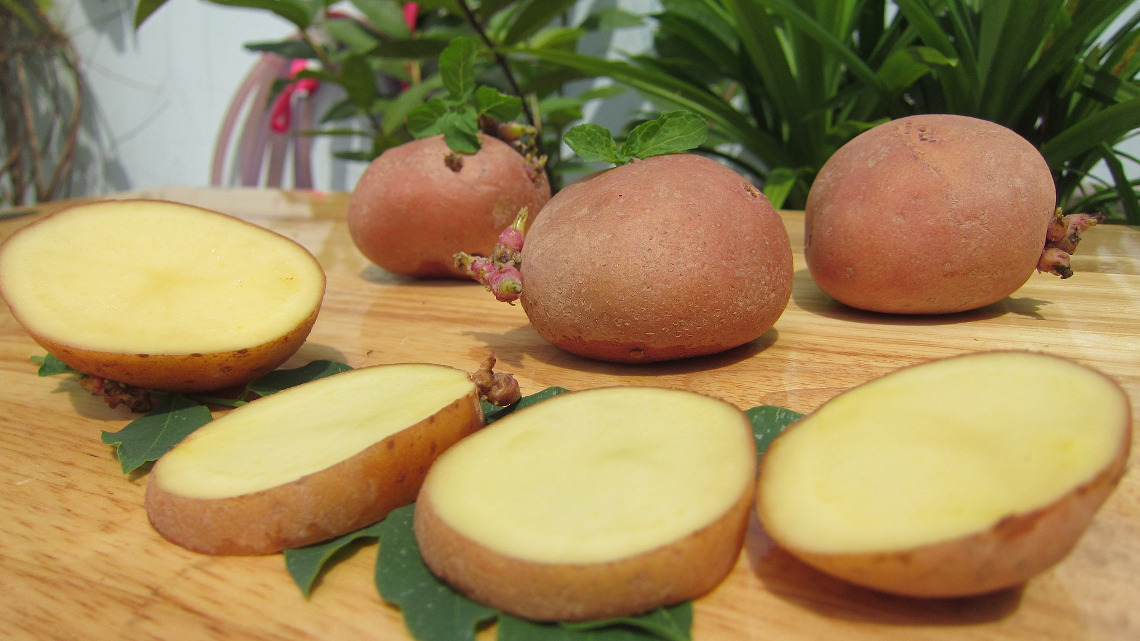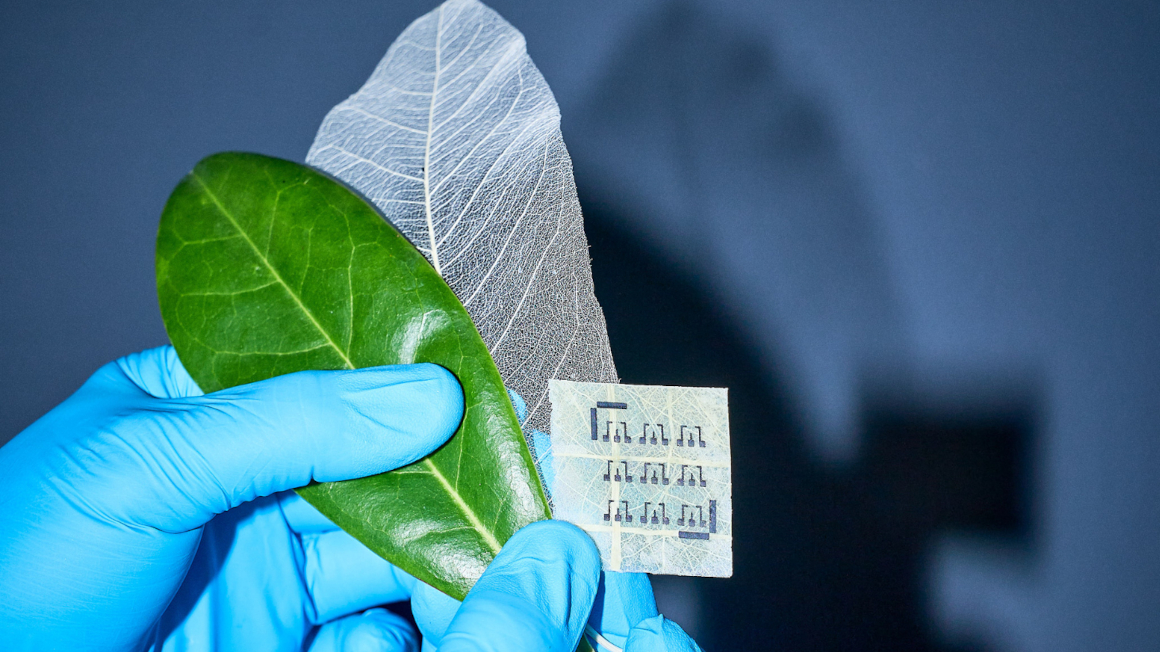More than mash: paints from potatoes
Fraunhofer researcher from Potsdam and Stuttgart develop new paints and varnishes based on potato starch. A special chemical process is optimising the starch for this application.

Almost all materials and surfaces are coated with a coat of paint or varnish today. It improves appearances and protects the material from corrosion. However, very few are bio-based. And in the past, paints and varnishes with bio-based binders or film formers have either been too expensive or could not meet the requirements. But through the use of modified starch, scientists at the Fraunhofer IAP in Potsdam-Golm and the Fraunhofer IPA in Stuttgart have found a sustainable and cost-effective solution.
Using starch for coating metal
"Until now, traditional industrial fields of application of starch have been the paper/corrugated cardboard and adhesives industries," says Christina Gabriel, a scientist at the Fraunhofer IAP. "In the field of paints and varnishes on the other hand, starch was usually only used as a additive. With starch as the main component of a water-based dispersion, we now have very promising adhesion results." At the centre of the research is the coating of metals for indoor use, for example aluminium, which can be used, for instance for fire doors, computer housings or window frames.
Starch has to be modified to meet requirements
The use of starch as the main component of paints and varnishes posed various challenges to the Fraunhofer experts. "Film formers must fulfil several tasks. They must form a continuous film, which adheres well to the substrate material, is compatible with additional layers and additives and can embed pigments and fillers as well," explains Christina Gabriel. "In its natural form, however, starch exhibits several properties, which stand in the way of its use as a film former. For example, it is not soluble in cold water and neither does it form continuous, non-brittle films. We therefore had to modify the starch to adapt it to the requirements, as in spite of all the challenges, as a renewable and cost-effective raw material, starch is of great interest for many sectors."
A chemical process enables use of starch
The solution by the Potsdam scientists involves an initial degradation step of the starch in order to improve its solubility in water and the subsequently associated solids content of the starch in water, as well as its film forming ability. However, in order to produce a starch-based coating material, in the end, the coating must no longer dissolve in water.
Thus, the starch had to be modified even further. This takes place by way of a chemical process known as esterification. The resulting starch esters are dispersible in water, form continuous films and have very good adhesive properties on glass and aluminum surfaces. Subsequently, the esterified starch is crosslinked and the sensitivity of the coating to water is reduced even further.
Alternative to petroleum-based paints and varnishes
Next, the resistance to corrosion and adhesion of the modified starch on different metal substrates will be examined. New "recipes" are also being tested, which are intended to optimize the properties of the coating even further. "Apart from the already tested aluminum, two other important metals, steel and galvanized steel, are to be tested" states Gabriel. "Our investigations show that with its good film forming and very good adhesion properties on various substrates, starch esters have the potential to be future alternatives to petroleum-based film formers in the coatings industry."
jmr


